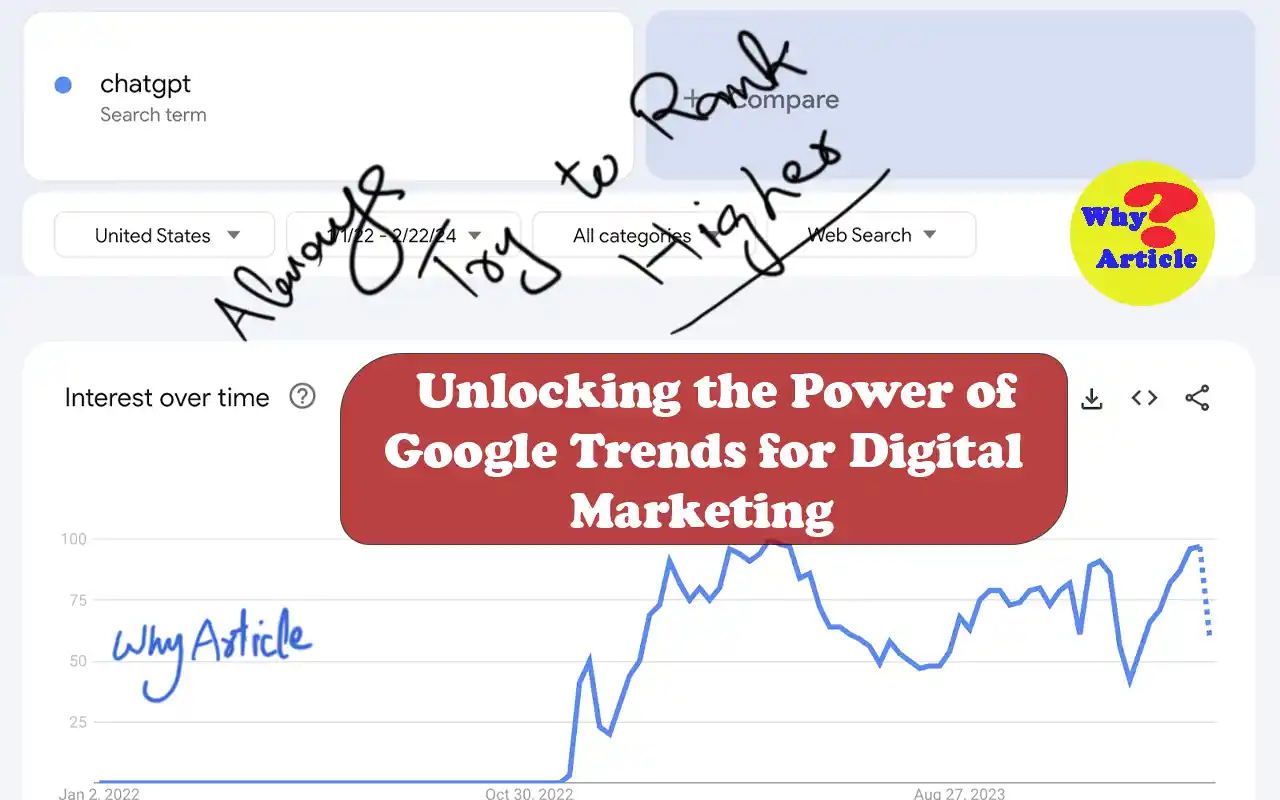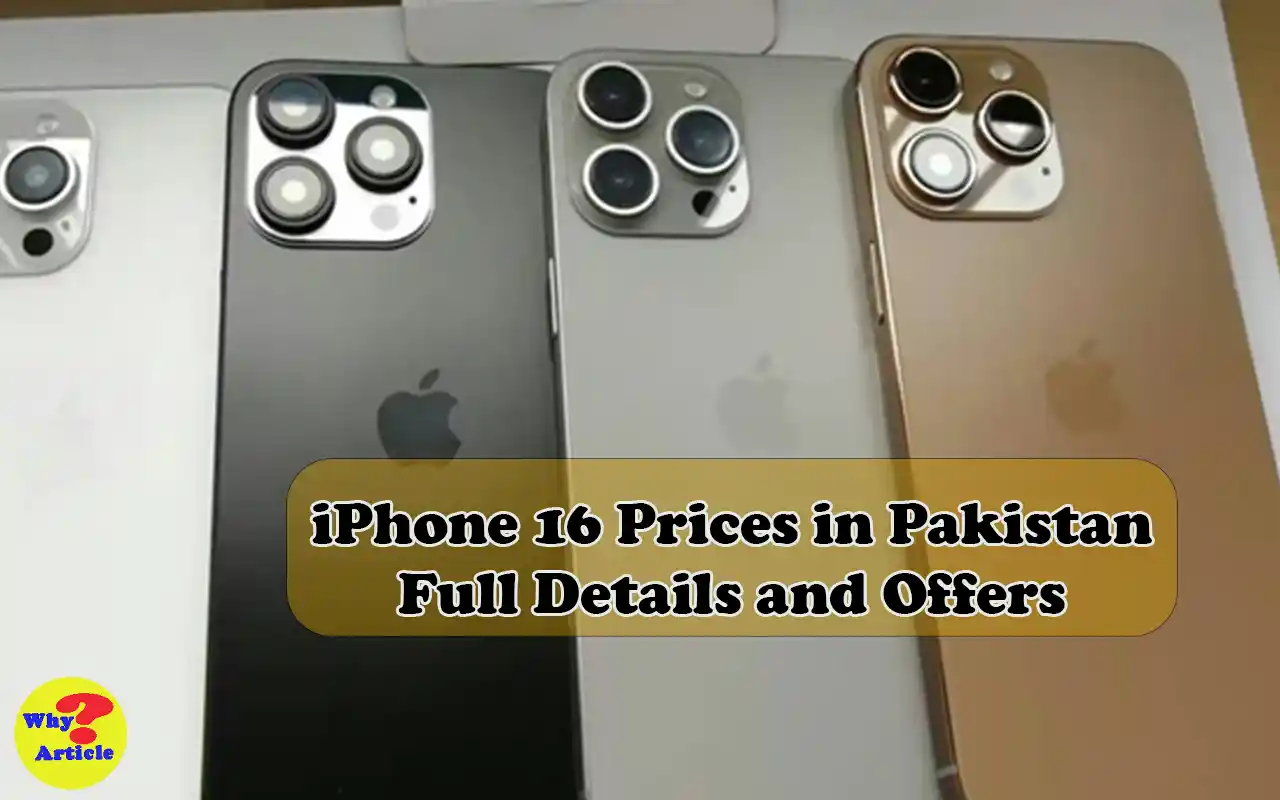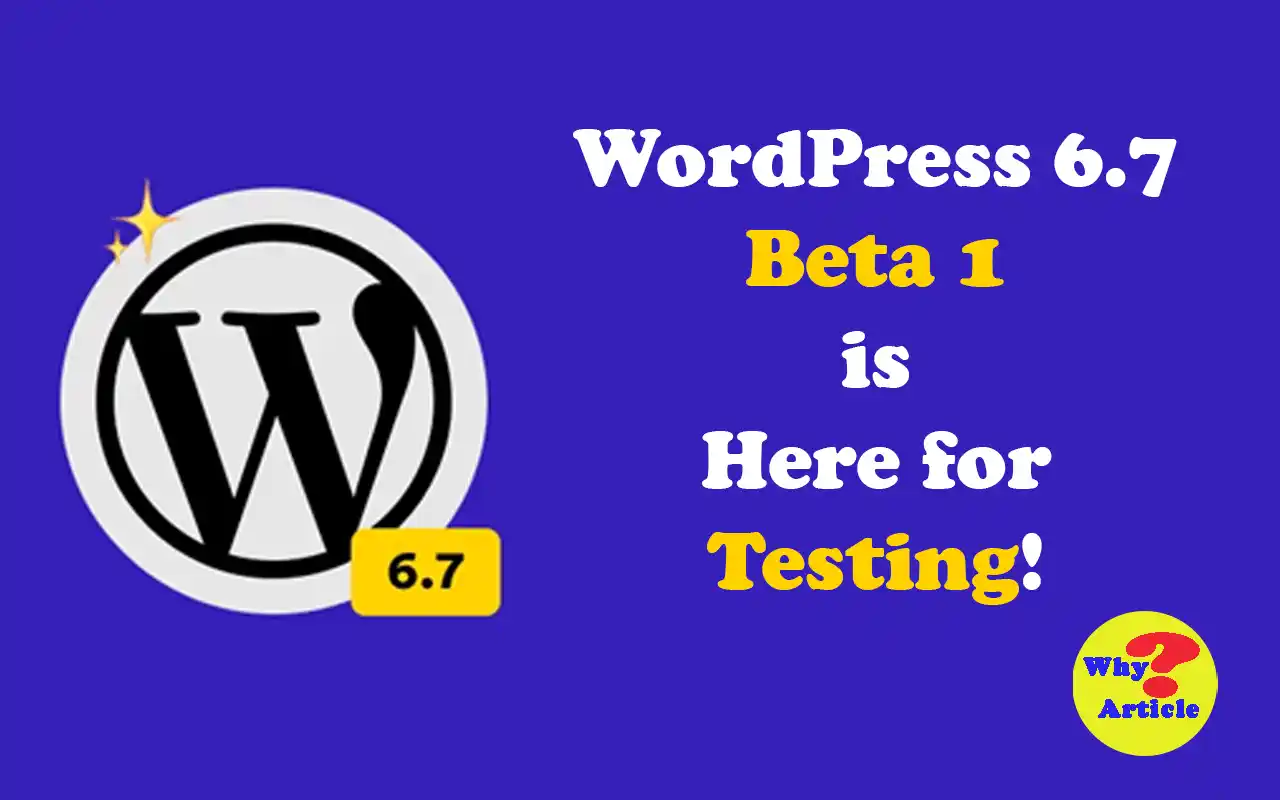
Apple’s products often come with a higher price tag compared to those from other brands. At first glance, it might seem like Apple is simply leveraging its brand name to charge more, but there’s more to their pricing strategy.
Factors such as Apple’s unique ecosystem, privacy policies, marketing expenses, and strong resale value all play a role in driving up the cost of its products.
Let’s explore why Apple products tend to be so pricey:
1. Apple’s Unique Ecosystem
In the tech world, an ecosystem refers to a collection of devices that work seamlessly together to enhance user experience.
For instance, pairing an iPhone with a MacBook creates a more integrated and efficient setup compared to using these devices separately.
Apple’s ecosystem stands out because its products are designed to work exclusively with other Apple devices, creating a smooth and efficient user experience.
2. Superior Quality and Longevity
Apple products are renowned for their exceptional longevity, largely due to their top-notch hardware and software.
Each device is crafted with precision using high-quality materials, such as aluminum, ensuring durability and a premium feel.
The software, including operating systems and native apps, is specifically optimized for Apple’s hardware, as the company designs solely for its own devices.
This careful alignment of hardware and software results in a product that not only looks and feels impressive but also performs exceptionally well over time.
Apple’s commitment to this seamless integration offers users a premium, tailored experience, which justifies the higher price tag.
3. Innovation
Apple’s dedication to technological innovation significantly contributes to its premium pricing. A prime example of this is the introduction of Apple’s M1 CPU chips.
By transitioning from Intel’s processors to its own ARM-based silicon, Apple not only enhanced the performance of its Macs and iPads but also made a transformative impact on the CPU industry.
This pioneering approach is part of Apple’s long-standing tradition, with the iPod being an earlier example. These advancements have firmly established Apple as a leading force in Silicon Valley.
To maintain its position at the forefront of the tech industry, Apple continually invests heavily in research and development.
As reported by Statista, Apple’s recent R&D expenditures have reached up to $20 billion.
4. Privacy
Apple’s higher prices can partly be attributed to its commitment to privacy. Unlike many companies, Apple doesn’t monetize user data by selling it or including pre-installed tracking software.
Instead of profiting from your data, Apple charges a premium. As people become more aware of how advertisers track their online activity, Apple capitalizes on the growing demand for privacy.
However, this doesn’t mean Apple doesn’t track users at all. The company does collect data to enhance its services and products. This approach helps Apple refine its offerings and tailor them more effectively to user needs.
5. Free Operating Systems, Apps, and Updates
Apple’s operating systems receive a major update annually, along with numerous smaller updates throughout the year.
In contrast, Windows typically introduces new versions every few years, often requiring a purchase. Although Microsoft has made upgrading from older Windows versions to Windows 11 free, many in-app purchases, such as the Office Suite, still come at a cost.
With Windows laptops, you need to buy the Office Suite to access essential workspace tools, and new versions are not free either—you’ll need to purchase them separately.
On the other hand, macOS offers Pages, Numbers, and Keynote at no additional cost, along with free updates for these apps.
Apple’s investment in keeping this software free is substantial. The company funds this by charging more for its products, allowing them to offer these services at no extra charge.
6. Marketing and Support Costs
When we talk about product costs, we’re usually referring to the direct costs of materials, labor, and manufacturing overhead.
However, this doesn’t include other essential expenses like marketing and post-purchase support, which are crucial for selling products and keeping customers happy.
Take Apple, for example. Beyond just making their products, Apple invests heavily in marketing and support. Their Apple Stores are more than just retail spaces; they are a significant part of their marketing strategy. These stores are not only visually impressive and staffed with knowledgeable experts but also provide customers with a hands-on experience with Apple products.
Additionally, Apple Support is a major part of their strategy, offering technical assistance and answering customer queries to ensure satisfaction and troubleshoot issues.
Apple is also renowned for its groundbreaking commercials, which are both eye-catching and effective in showcasing their products.
All these factors—along with many others—contribute to why Apple’s products are priced the way they are.
Simply stating that an iPhone costs Apple $400 to make and the remaining $600 is profit doesn’t tell the whole story. There are numerous other costs involved that play a significant role in the final price.
7. Branding
Apple has expanded its reach into various product categories, including watches, phones, computers, earphones, notepads, and even coronavirus masks, establishing itself as a prominent lifestyle brand.
This extensive range, combined with the meticulous craftsmanship, premium quality, and high perceived value of Apple products, has elevated the brand to a symbol of luxury and status.
As highlighted by Indian YouTuber Technical Guruji, iPhone cases are designed with cutouts to showcase the Apple logo, emphasizing the significance of the brand’s symbolism.
For those immersed in this lifestyle, maintaining it is a priority, and they are willing to pay a premium. Conversely, those aspiring to this lifestyle are also prepared to meet Apple’s pricing demands.
8. Resale Value
When comparing the Samsung Galaxy S9 and the iPhone X, both launched in 2018 at $700 and $1,000 respectively, their resale values differ significantly.
Currently, a used Galaxy S9 is priced between $50 and $150, retaining only about 14% of its original value. In contrast, a used iPhone X sells for between $150 and $400, holding onto roughly 27% of its initial value.
Apple products maintain a higher resale value due to the factors discussed earlier. This strong resale value is a reflection of their enduring appeal and contributes to their higher initial purchase cost.
9. Customer Loyalty
One of the driving forces behind Apple’s pricing strategy is its loyal customer base, always ready to pay the premium.
Despite substantial price increases over recent years, Apple’s revenue and product popularity have soared.
While numerous factors contribute to this strong customer loyalty, the brand’s lifestyle positioning is arguably the most influential.
Are Apple Products Still Worth the Investment?
Here’s why Apple products often come with a higher price tag compared to others.
While some costs may seem excessive (like the $1,000 Apple Pro Stand), it’s clear that these products continue to be popular.
But don’t worry; you don’t need to break the bank to own Apple devices. For instance, you can save money on an iPhone by opting for an older model or choosing a refurbished one. Even though it’s not brand new, you’ll still get the full Apple experience without the premium price.




One thought on “9 Reasons Apple Products Come with a Higher Price Tag”